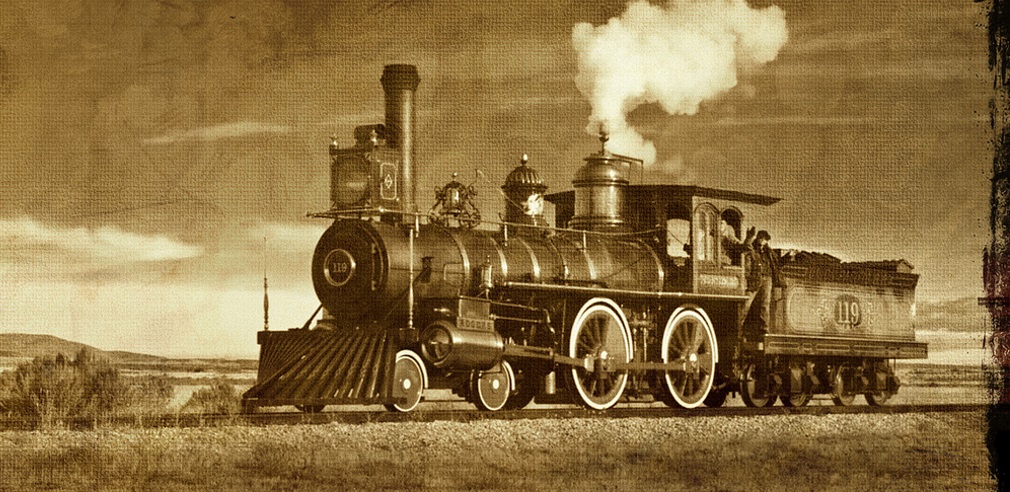

The pressurized steam leaves the steam generator through a steam outlet and continues to the steam turbine. Heat is transferred through the walls of these tubes to the lower pressure secondary coolant located on the secondary side of the exchanger where the coolant evaporates to pressurized steam (saturated steam 280☌ 536☏ 6,5 MPa). The feedwater (secondary circuit) is heated from ~260☌ 500☏ to the boiling point of that fluid (280☌ 536☏ 6,5MPa). The liquid water flows through hundreds or thousands of tubes (usually 1.9 cm in diameter) inside the steam generator. Boiling of the primary coolant shall not occur.

High pressure of primary coolant is used to keep the water in the liquid state. The hot primary coolant ( water 330☌ 626☏ 16MPa) is pumped into the steam generator through the primary inlet. They are used in most nuclear power plants, but there are many types according to the reactor type. Steam generators are heat exchangers that convert feedwater into steam from heat produced in a nuclear reactor core. Water pressure in a closed system tracks water temperature directly as the temperature rises, the pressure goes up. On the other hand, the submerged electrical heaters are designed to increase the pressure by evaporating the water in the vessel. The water spray system (relatively cool water – from the cold leg) can decrease the pressure in the vessel by condensing the steam on water droplets sprayed in the vessel. The volume of the pressurizer (tens of cubic meters) is filled with water on saturation parameters and steam. Water spray system and electrical heaters system. For these purposes, two systems are installed. Pressure in the pressurizer is controlled by varying the temperature of the coolant in the pressurizer. To achieve this, the coolant in the reactor coolant system is maintained at a pressure sufficiently high that boiling does not occur at the coolant temperatures experienced while the plant is operating or in an analyzed transient. The basic design of the pressurized water reactor includes such a requirement that the coolant (water) in the reactor coolant system must not boil. Subcooling margin is a very important safety parameter of PWRs since the boiling in the reactor core must be excluded. The temperature in the pressurizer can be maintained at 350 ☌ (662 ☏), which gives a subcooling margin (the difference between the pressurizer temperature and the highest temperature in the reactor core) of 30 ☌. Pressure in the primary circuit of PWRs is maintained by a pressurizer, a separate vessel connected to the primary circuit (hot leg), and partially filled with water heated to the saturation temperature (boiling point) for the desired pressure by submerged electrical heaters. This fraction is a very important parameter of steam, and it is known as vapor quality.Ī pressurizer is a key component of PWRs.Ī pressurizer is a component of a pressurized water reactor. Steam is generally categorized according to the vapor/(liquid + vapor) fraction.

Note that modern steam turbines are used to generate more than 80% of the world’s electricity. As is typical in all conventional thermal power plants, the heat is used to generate steam which drives a steam turbine connected to a generator that produces electricity. Since water and steam are common media used for heat exchange and energy conversion, steam is generated largely by energy systems, such as in thermal power plants. At lower pressures, such as in the upper atmosphere or the condenser of thermal power plants, steam can exist at a lower temperature than the nominal 100 ☌ at standard temperature and pressure. Such steam is referred to as “ wet steam”, but “ dry steam” is always invisible. When steam is visible, it contains the visible mist of water droplets. Steam is an invisible gas consisting of vaporized water, which is formed when water boils.


 0 kommentar(er)
0 kommentar(er)
